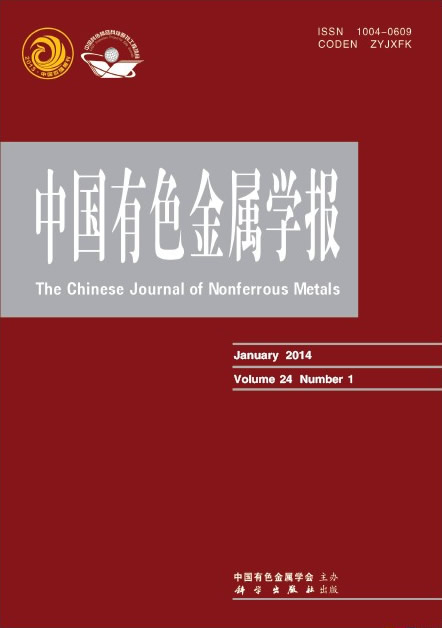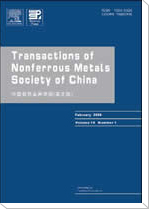中国有色金属学报(英文版)
Transactions of Nonferrous Metals Society of China
| Vol. 34 No. 11 November 2024 |
(1. Faculty of Materials Science and Engineering, Kunming University of Science and Technology, Kunming 650093, China;
2. College of Materials Science and Engineering, Chongqing University of Arts and Sciences, Chongqing 402160, China;
3. College of Materials Science and Engineering, Chongqing University of Technology, Chongqing 400044, China;
4. College of Materials Science and Engineering, Chongqing University, Chongqing 400044, China)
Abstract:A hybrid approach combining machine learning and microstructure analysis was proposed to investigate the relationship between microstructure and hardness of AA2099 Al-Li alloy through nano-indentation, X-ray diffraction (XRD) and electron backscatter diffraction (EBSD) technologies. Random forest regression (RFR) model was employed to predict hardness based on microstructural features and uncover influential factors and their rankings. The results show that the increased hardness correlates with a smaller distance from indentation to grain boundary (Ddis) or a shorter minimum grain axis (Dmin), a lower Schmidt factor in friction stir weld direction (SFFD), and higher sine values of the angle between {111} slip plane and surface (sin θmin). Ddis and Dmin emerge as pivotal determinants in hardness prediction. High-angle grain boundaries imped dislocation slip, thereby increasing hardness. Crystallographic orientation also significantly influences hardness, especially in the presence of T1 phases along {111}Al habit planes. This effect is attributable to the variation in encountered T1 variants during indenter loading. Consequently, the importance ranking of microstructural features shifts depending on T1 phase abundance: in samples with limited T1 phases, Ddis or Dmin > SFFD > sin θmin, while in samples with abundant T1 phases, Ddis or Dmin > sin θmin > SFFD.
Key words: machine learning; T1 phase; hardness; Al-Li alloy


